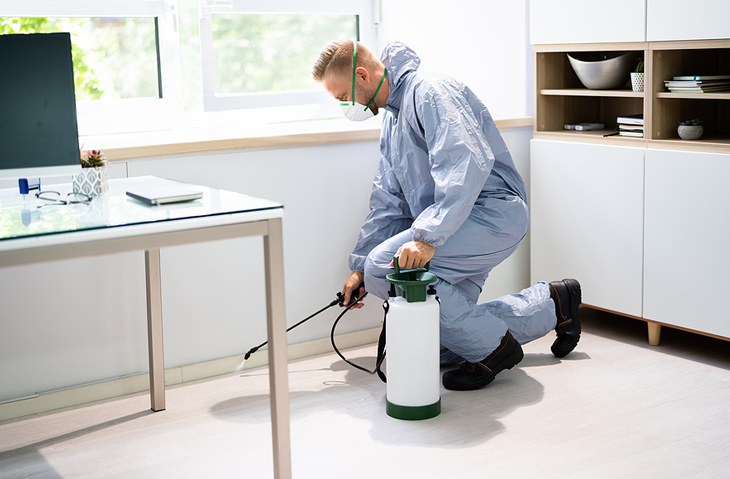The importance of pest control in maintaining healthy living and working environments cannot be overstated. Pests can carry diseases, cause structural damage, and create significant discomfort. However, the process of pest control itself involves risks, mainly when dealing with toxic chemicals and potentially hazardous situations.
To lessen these risks, a skilled Pest Control Service adheres to strict protective measures before, during, and after the tasks. These measures ensure their safety, their clients’ safety, and the service efforts’ effectiveness.
1. Comprehensive Site Assessment
Before any prevention operation begins, a thorough site assessment is conducted. This involves identifying the type of pests present, the extent of the infestation, and possible environmental hazards. Skilled workers inspect the premises for structural weaknesses, chemical sensitivities, and access points for pests. By understanding these factors, they can formulate a modified plan addressing the site’s needs.
2. Personal Protective Equipment (PPE)
The use of personal protective equipment (PPE) is a cornerstone of safety in pest control operations. Depending on the nature of the task, PPE may include gloves, masks, respirators, goggles, and full-body suits. These items protect workers from exposure to harmful chemicals, allergens, and physical hazards. For instance, respirators are essential when applying pesticides in confined spaces, while gloves protect against bites and stings when handling wildlife. Ensuring all PPE is correctly fitted and in good condition is critical before beginning any pest control activity.
3. Safe Handling and Application of Chemicals
Skilled workers are trained to use pesticides and other control agents according to manufacturer instructions and regulatory guidelines. This includes measuring and mixing chemicals accurately, using appropriate application methods, and applying treatments in a way that minimizes exposure to non-target areas. After completing their tasks, workers follow strict protocols for cleaning and storing equipment to prevent contamination. Proper chemical management protects workers and ensures the safety of occupants and the environment.
4. Containment and Isolation Techniques
Pest control workers implement containment and isolation techniques to stop the spread of such little nuisances and chemicals to unaffected areas. This may involve sealing off treatment zones with physical barriers or using negative pressure systems to contain airborne contaminants. Workers may advise residents to vacate the premises during and after treatment in residential settings to reduce exposure. Specific areas may be isolated in commercial or industrial settings to ensure that operations can continue safely elsewhere.
5. Thorough Documentation and Communication
Clear documentation and communication are vital components of effective prevention operations. Workers maintain detailed records of their activities, including the types of pests identified, the methods and chemicals used, and any safety measures implemented. This documentation helps track the progress of pest control efforts and provides a reference for future treatments. Clear communication with clients about the procedures, potential risks, and post-treatment care is also crucial.
6. Post-Treatment Inspection and Cleanup
After completing a Pest Control Service, a thorough inspection and cleanup are conducted. Workers check the treated areas to ensure that pests have been effectively eradicated and that no residual chemicals pose a risk. Any equipment used during the process is cleaned and sanitized to prevent cross-contamination. In addition, experts may provide recommendations for ongoing prevention, such as sealing entry points, improving sanitation practices, and scheduling regular inspections.
Skilled pest prevention workers implement comprehensive protective measures before, during, and after their tasks to ensure safety and effectiveness. From site assessments and the use of PPE to safe chemical handling and thorough documentation, each step is designed to protect the professionals, clients, and the environment. By adhering to such practices, pest control professionals can deliver effective solutions while maintaining the highest standards of safety and professionalism.






